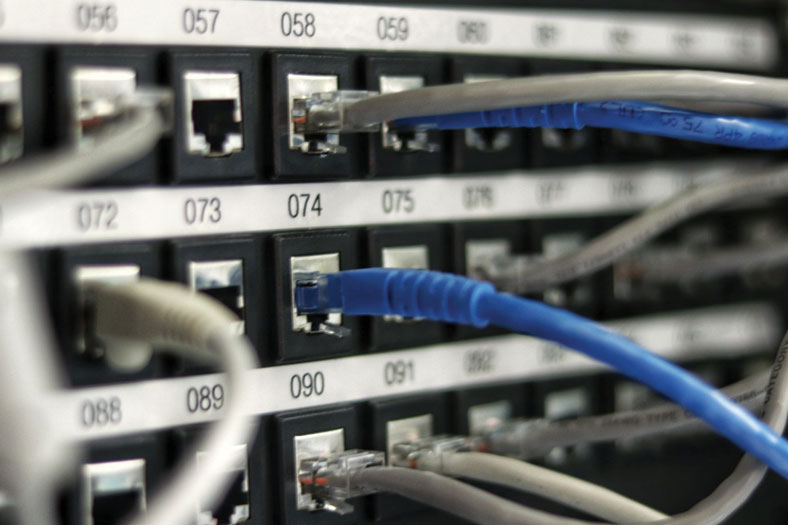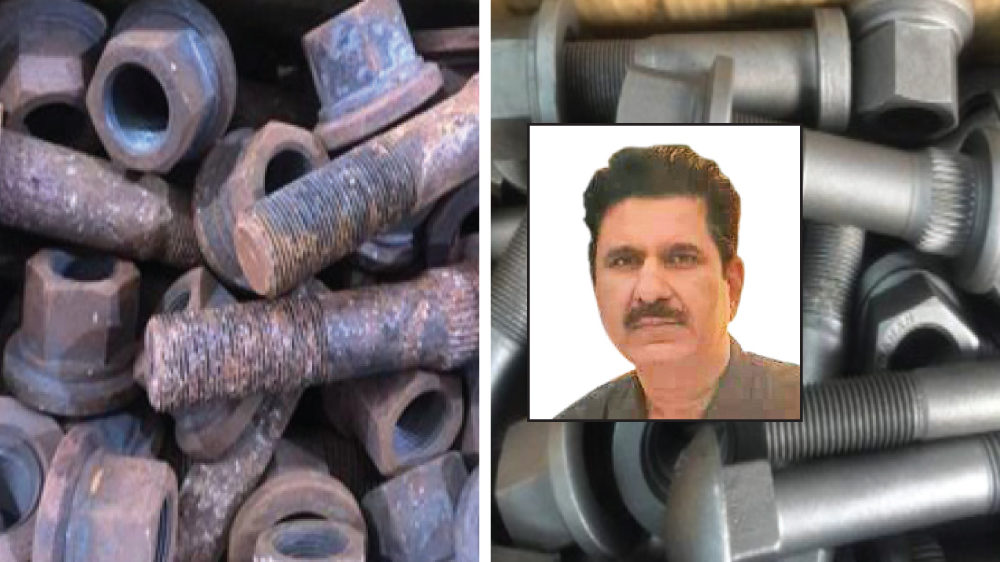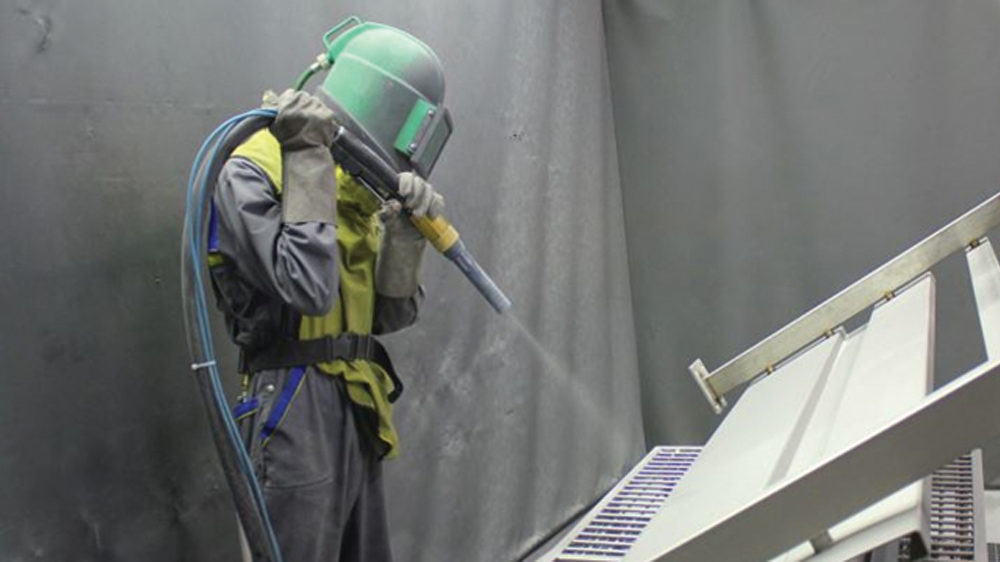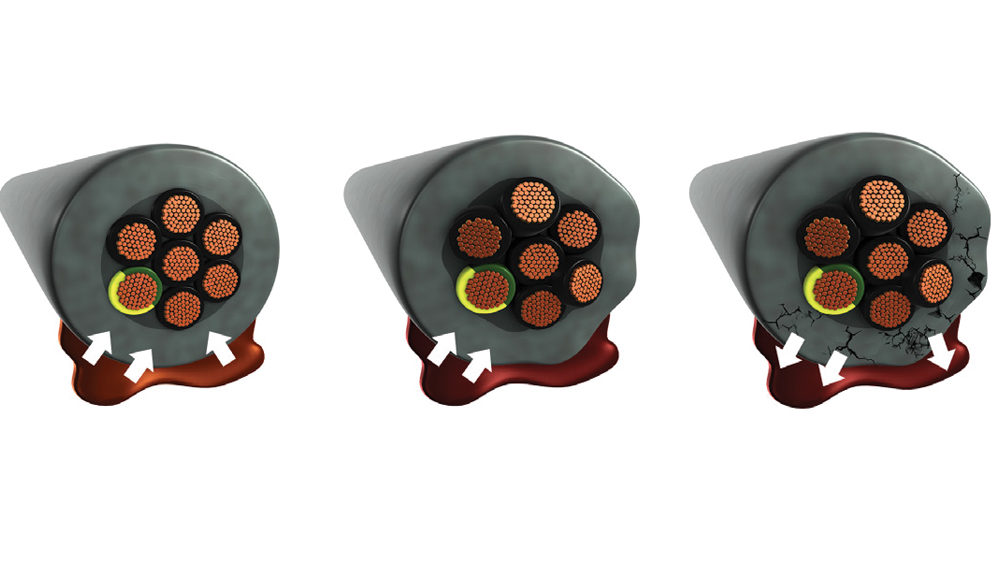Hedging for foreign currency risk
By OEM Update Editorial January 10, 2017 3:23 pm IST
Decoding the foreign currency risk and hedging techniques.
Risk is inherent in every trade you take, but as long as you can measure risk, you can manage it. Currency risk is emerging as most crucial risk for all Original Equipment Manufacturer (OEM) and their Tier-1 and 2 vendors in recent days. The movement between JPY and INR noticed almost around 15-20 per cent. This motivates us to share you about foreign currency risk and hedging techniques.
In 1971, the Bretton Woods system of administering fixed foreign exchange rate was abolished in favour of market determination of foreign exchange rate. Economic globalisation has provided worldwide market to most of companies who are operating internationally and performing global activities. Numerous companies increasingly engage in global activities which can be categorized as import, export, outsourcing, and setting up productions and sales bases abroad. Most of MNCs face gain or losses due to uncertainty in foreign exchange rates.
Currency risks are even inevitable for organisation whose productions are mainly indigenous and exports are minimal. This is majorly due to global sourcing agreement between different geographies to take cost advantage in competitive world. These agreements emerge issue of currency mismatch and enhance currency risk further. In India, exchange rates were deregulated and were allowed to be determined by market in 1993.
Currency risk directly impact to your cash flows and margins. The bottom lines of businesses are severely impacted due to same. Foreign currency risk arises majorly for:
• Importer, due to foreign sellers demand to pay in their local currency e.g. if goods are imported from the United States and one needs to pay in dollars.
• Exporter, due to competitive market and foreign buyer demand for payment in their local currency like exports from India to Japan and buyer in Japan insist to pay in Japanese Yen (JPY).
• Borrower, who take foreign currency loan like buyer credit loan on imported goods or external commercial borrowing wherein his/her obligation to pay is in currency other than local currency.
In all these cases, if currency depreciate, foreign exchange losses comes into picture which directly force you to pay more INR to bank in case of imports and borrowing and accept lower INR due to lower conversion rate in case of exports.
The volatile nature of foreign exchange rate poses a great risk of sudden and drastic movements, which may cause significantly damaging financial losses from otherwise profitable transactions. With help of hedging of foreign currency, you can reduce your losses. Many instruments are available in market to protect you from foreign currency losses. The most important instruments prevail in market are as follows:
Forward currency contracts: “Forward Contracts” is an agreement to buy or sell an asset on a specified future date for a specified price. In simple words, it is like reserving a hotel room for future date wherein price reserved in advance. To illustrate this, suppose the spot price of one dollar in today currency market is Rs 65. It means you need to pay Rs 65 to buy one dollar for immediate delivery. In contrast, assume 180 days forward rate is Rs 68 means to pay little bit higher price for dollar on future date. The difference between spot price and forward price is called as “premium on forward contract”. The main advantage of forward is that it can be tailored to specific need of the firm and an exact hedge can be obtained. On the downside, these contracts are not marketable. They can’t sell to another party when they are no longer required and are binding. A forward transaction is an irrecoverable contract.• Futures: A futures contract is similar to forward contract but it is more liquid because it can be traded in an organised exchange i.e. the futures market. Depreciation of a currency can be hedged by selling futures and appreciation can be hedged by buying futures.
• Options currency contracts: Options currency contracts are like forward contracts gives its holder right, but not obligation to buy (call options) or sell (put option) to take or make delivery of currency on or before specified date at a stated price. The owner of a call option can generate profit from increasing price, whereas for owner of put option, it is the inverse. Options are particularly suited as a hedging tool for contingent cash flows, as in case of bidding process.
• Currency swaps: A currency swap is an agreement between two parties to agree to exchange different currencies normally at prevailing spot price with an agreement to reverse the exchange of currencies, at the same spot rate, at fixed date in future, generally at maturity of spot.
These instruments are normally called as Forex derivatives that allow companies to take advantage of the global markets more efficiently by bringing together two parties that have an advantage in other market.
It is very difficult to assess how much payment or receipt need to hedge. Normally cost associated with booking of hedging instrument which will impact to PL in spite of movement in positive or negative side. So, most of management is very cautious to take such decision. There are typically three types of hedging: fair value hedging, which covers translation risk for net monetary assets and liabilities; cash flow hedging, which covers transaction risk on both actual and projected cash flows, and net investment hedging. Of these, the most complex business case for hedging is in the areas of projected cash flow hedging and net investment hedging. According to Corporate Risk Management Study, comprising 307 companies, 77 per cent hedge net monetary FX assets and liabilities, 76 per cent hedge forecast exposure while 22 per cent hedge net investment exposure.
The decision of hedging depends upon a company’s appetite to bear risk or gain. 100 per cent of hedging of balance sheet is not advisable at all. Normally 25 per cent to 40 per cent of hedging of transactions is advisable. Most of companies take this decision as per their internal hedging policy. While drafting the hedging policy, one must take into account external factors like geographies, currencies, time period and economic advantages; and internal factors like risk bearing capacity and CFO tolerance.
Main objective of forex management is to minimise potential currency losses, not to make profit from forex rate movements, which are unpredictable and frequent.
Authored by__
Sanjay Tiwari,
Dy. COO and Head (Finance & Business Administration)
Yaskawa India Pvt Ltd
Cookie Consent
We use cookies to personalize your experience. By continuing to visit this website you agree to our Terms & Conditions, Privacy Policy and Cookie Policy.


















